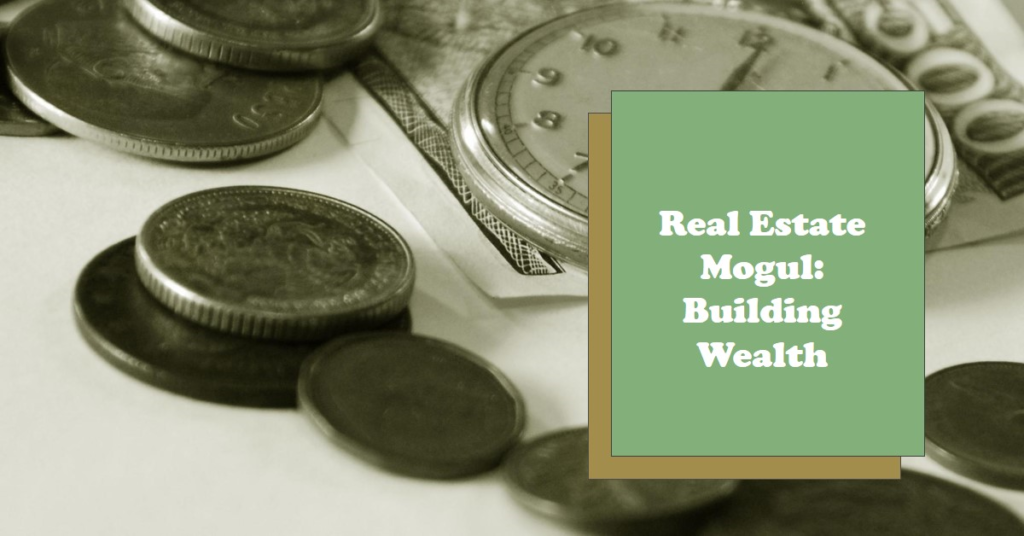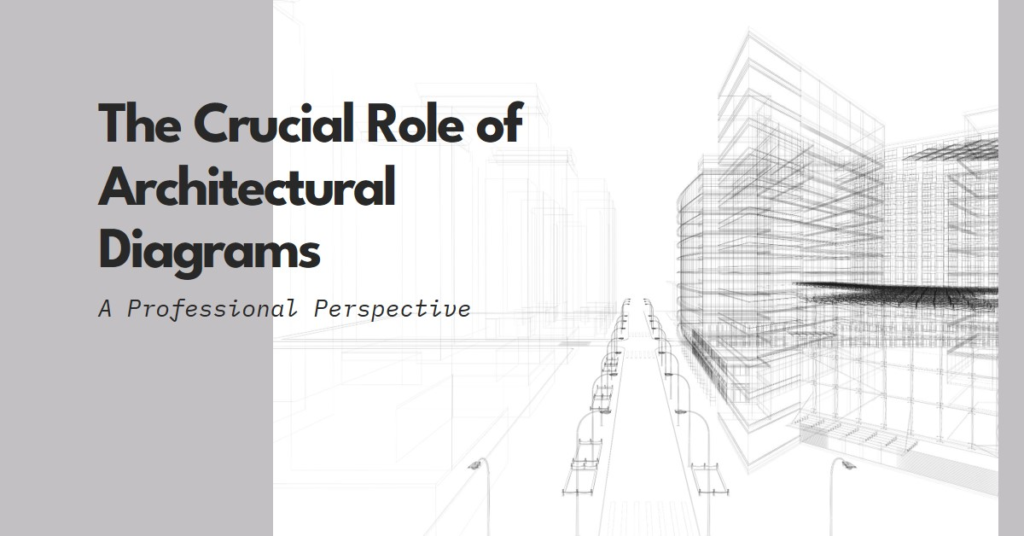
Table of Contents
- Introduction:
- Understanding the Audience:
- Designing for Impact:
- Compelling Content:
- Maximizing Engagement:
- Distribution Strategies:
- Measuring Success:
- Adapting to Trends:
- Conclusion:
Introduction:
In the competitive realm of real estate, effective marketing materials are paramount to success. Among these, the humble real estate flyer remains a cornerstone, serving as a tangible representation of a property’s allure. However, in a world inundated with advertisements, designing a flyer that stands out demands careful consideration and creativity. This blog post delves into the art of crafting compelling real estate flyers, exploring design principles, content strategies, and distribution tactics to captivate potential buyers and secure successful transactions.
Understanding the Audience:
Before delving into the intricacies of flyer design, it’s imperative to grasp the mindset of the target audience. Potential homebuyers are bombarded with information daily, making it crucial to cut through the noise and capture their attention swiftly. Researching the demographics and preferences of prospective buyers enables tailored messaging and design elements that resonate with their desires and aspirations. By understanding their needs, fears, and aspirations, real estate agents can craft flyers that speak directly to their audience, fostering an emotional connection and driving engagement.
Designing for Impact:
The visual appeal of a real estate flyer is the initial hook that draws recipients in. From color schemes to typography choices, every design element should be meticulously curated to convey professionalism and evoke the desired response. Bold, eye-catching headlines coupled with high-quality images are essential components for grabbing attention and piquing interest. Utilizing whitespace effectively allows key information to stand out, guiding the reader’s focus to the property’s unique selling points. Moreover, consistency in branding ensures brand recognition and reinforces credibility, instilling confidence in potential buyers.
Compelling Content:
While aesthetics are crucial, the content of a real estate flyer is equally significant in conveying value and persuading recipients to take action. Concise yet compelling copywriting is paramount, conveying essential information about the property while igniting curiosity and desire. Utilizing persuasive language and highlighting key features and benefits entices readers and instills a sense of urgency. Additionally, incorporating testimonials or success stories can build trust and credibility, reassuring potential buyers of the property’s worthiness.
Maximizing Engagement:
Beyond aesthetics and content, the effectiveness of a real estate flyer hinges on its ability to drive engagement and prompt action. Including clear calls-to-action encourages recipients to take the next steps, whether it’s visiting an open house, scheduling a viewing, or contacting the listing agent. Strategically placing contact information and QR codes for easy access streamlines the process, minimizing friction and increasing conversion rates. Furthermore, offering incentives or limited-time offers can spur immediate responses, creating a sense of urgency and exclusivity.


Distribution Strategies:
Even the most well-crafted real estate flyer will fall short if it fails to reach the intended audience. Implementing robust distribution strategies is essential for maximizing reach and ensuring the flyer lands in the hands of potential buyers. Leveraging both traditional and digital channels, such as direct mail, door-to-door distribution, social media, and email marketing, expands the reach and increases the likelihood of engagement. Partnering with local businesses or community organizations can also amplify distribution efforts, tapping into existing networks and reaching new audiences.
Measuring Success:
In the realm of marketing, data-driven decision-making is paramount for continuous improvement and optimization. Establishing key performance indicators (KPIs) allows real estate agents to gauge the effectiveness of their flyer campaigns and make informed adjustments. Metrics such as open rates, click-through rates, and conversion rates provide valuable insights into campaign performance, highlighting areas of strength and opportunities for enhancement. Analyzing demographic data and feedback from recipients further refines targeting and messaging, ensuring future flyer campaigns yield optimal results.
Adapting to Trends:
As technology and consumer preferences evolve, so too must real estate marketing strategies. Staying abreast of emerging trends and innovations enables agents to adapt their flyer designs and distribution tactics to remain relevant and effective. Embracing digital tools such as virtual reality (VR) tours, augmented reality (AR) experiences, and interactive content enhances the immersive nature of flyers, providing potential buyers with an engaging preview of the property. Additionally, incorporating sustainability practices, such as using eco-friendly materials and digital distribution, aligns with growing environmental consciousness and enhances brand reputation.
Conclusion:
Crafting effective real estate flyers requires a delicate balance of design, content, and strategy to captivate audiences and drive meaningful engagement. By understanding the needs and preferences of potential buyers, leveraging compelling visuals and persuasive content, and employing strategic distribution tactics, real estate agents can create flyers that stand out in a crowded marketplace. Continuously measuring success, adapting to emerging trends, and embracing innovation ensures that flyer campaigns remain relevant and effective in an ever-evolving landscape. With creativity, attention to detail, and a focus on results, real estate professionals can leverage flyers as powerful marketing tools to showcase properties and facilitate successful transactions.


